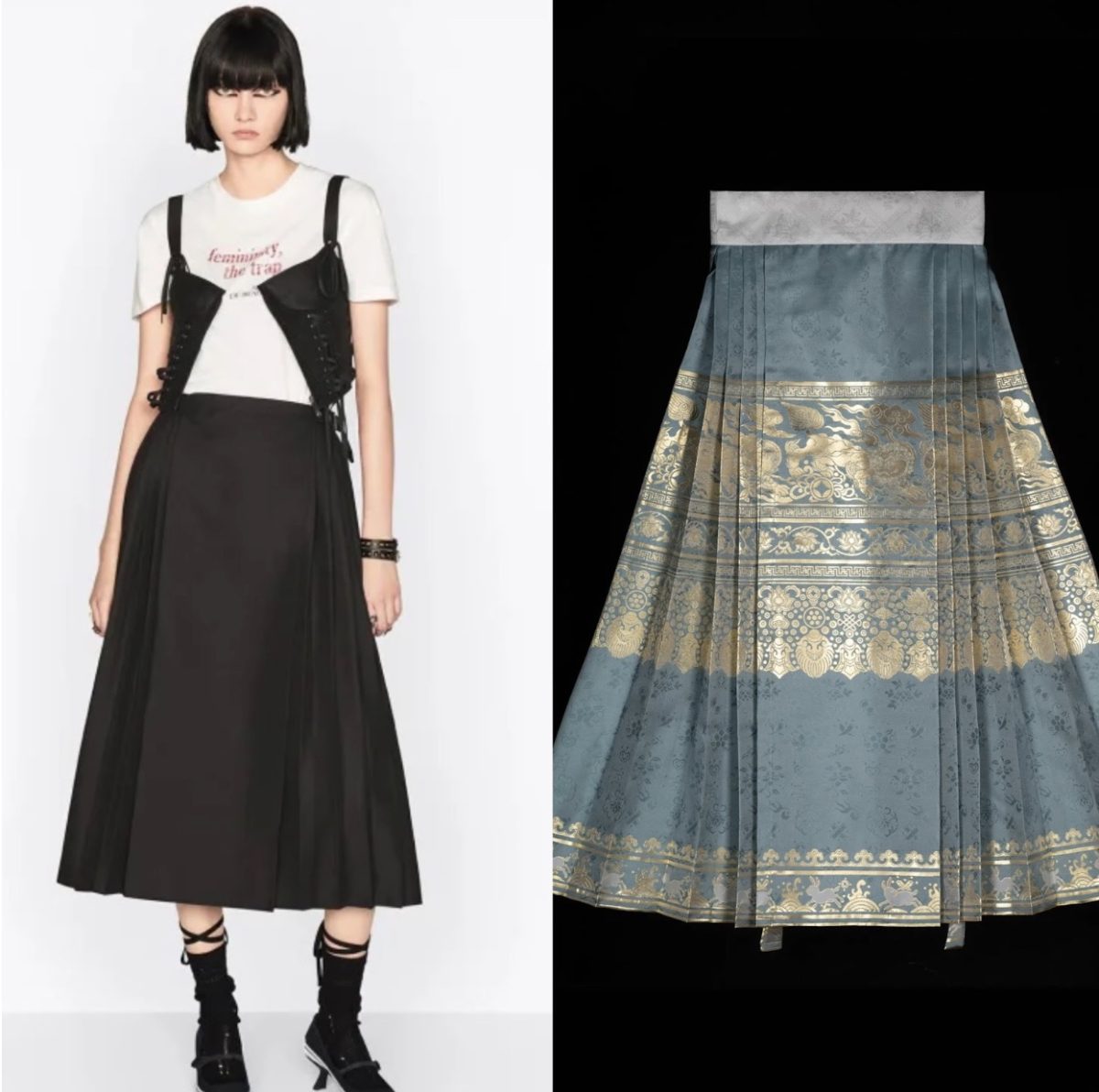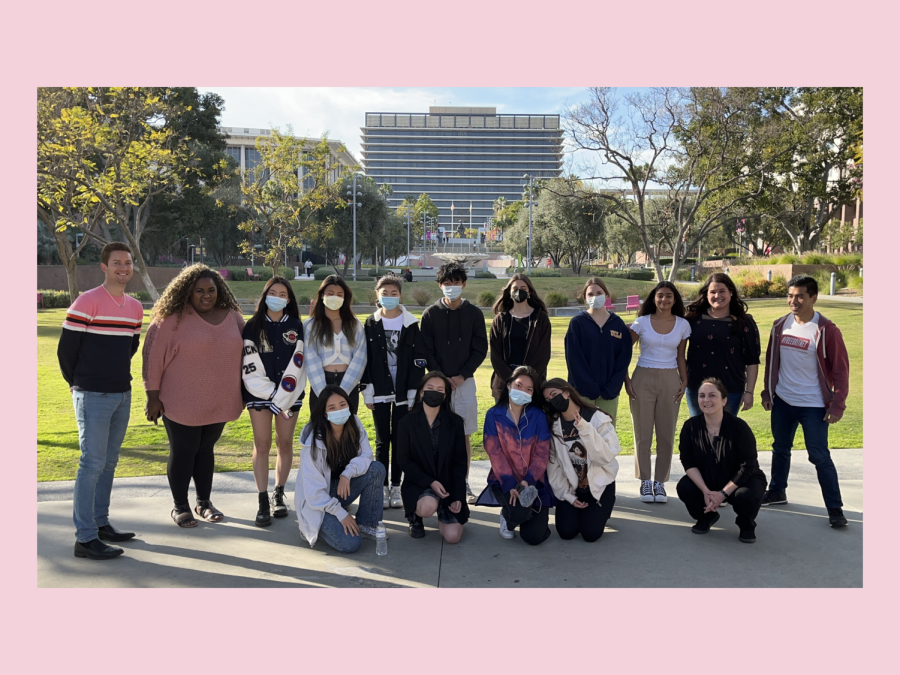In the height of the newest minimalism trend, my mother found the love of her life: the Thermomix All-in-one cooking robot. Our new kitchen-keeper that “liberates” all the pans and pots that we already own. Goodbye to the fifth frying pan of the year and the casserole pan used biannually. We’re going for the less-is-more look. Yet, her passion for the cooking robot quickly shriveled, as it now sits at the bottom corner of the kitchen cabinet with an inch of dust veiling the glory it once cast.
Greet the epitome of modern minimalism: muted furniture, monochromatic clothes, and utilities hidden away for the sake of “modernity”. Introduced by Frank Stella in 1959, the “Black Paintings” presented a minimalist aesthetic to the world with clear lines and monochromatic color schemes. Since then, this simplistic aesthetic inspired a minimalist practice of adopting fewer possessions and focusing on life’s definite necessities. This movement quickly gained momentum as 78% of millennials now exhibit a consumption preference toward commodities branded as minimalistic.
We live in an era where minimalism is everywhere. Whether it’s a simple yet costly table or an all-white, overpriced sofa, countless products fall under the category of minimalism. Social media hashtags like “#30daysminimalistchallenge”, “#decluttering”, and “#lessismore” reflect a minimalist lifestyle, or a “buystyle”. Eager to keep up with the latest trend, individuals clamor for products marketed as minimalist. In today’s world, everyone is just a few Amazon orders away from being a minimalist.
Minimalism, originally a movement to declutter, now caters to its adversary. As the concept appeals to zealous consumers, companies have jumped on the bandwagon by associating themselves with the “less is more” enchantment. Minimalist brands such as Muji promote simple designs: the sleek, black-and-white combination. Paradoxically, visual minimalists consume more to create an illusion of having less, resulting in a vicious cycle of consumption. As author Kyle Chayka concludes in a New York Times article, the current mania revolving around seeming minimalistic objects has made minimalism lose its essence. Yet the world remains blind to the consumer’s trap.
What has blinded us from the truth?
When minimalism was first introduced, this niche lifestyle was met with dissent due to its fundamental opposition to the then widely-accepted lavish style of living. However, with the minimalist trend relying on consumption, consumerism absorbs the dissent of minimalism, smoothens its edges, and makes them agreeable. The modern consumerist culture is consuming even anti-consumerist into its paradigm.
Watching my mother fall prey to a consumerist trap in its minimalist coating, I realize that society needs to raise voices against the hegemony of capitalism. It is crucial for our generation to recognize the devious dangers of the modern consumerist culture, and to resist its pervasive impact.












![Many Webb students spend their free time in the library watching a popular TV show like Riverdale and Euphoria. “Based off what I’ve seen, like in Euphoria, because the actors are older, they don't showcase an actual high school life properly,” Sochika Ndibe (‘26) said. “Since [the actors] are older [and] playing a teenager, from a girl’s perspective, it is going to make you think you should look more developed at a young age.” The actor, who plays Veronica Lodge, was 22 years old at the time of filming.](https://webbcanyonchronicle.com/wp-content/uploads/2025/03/Antecol-Media-affects-how-society-functions-graphic-1200x900.png)








